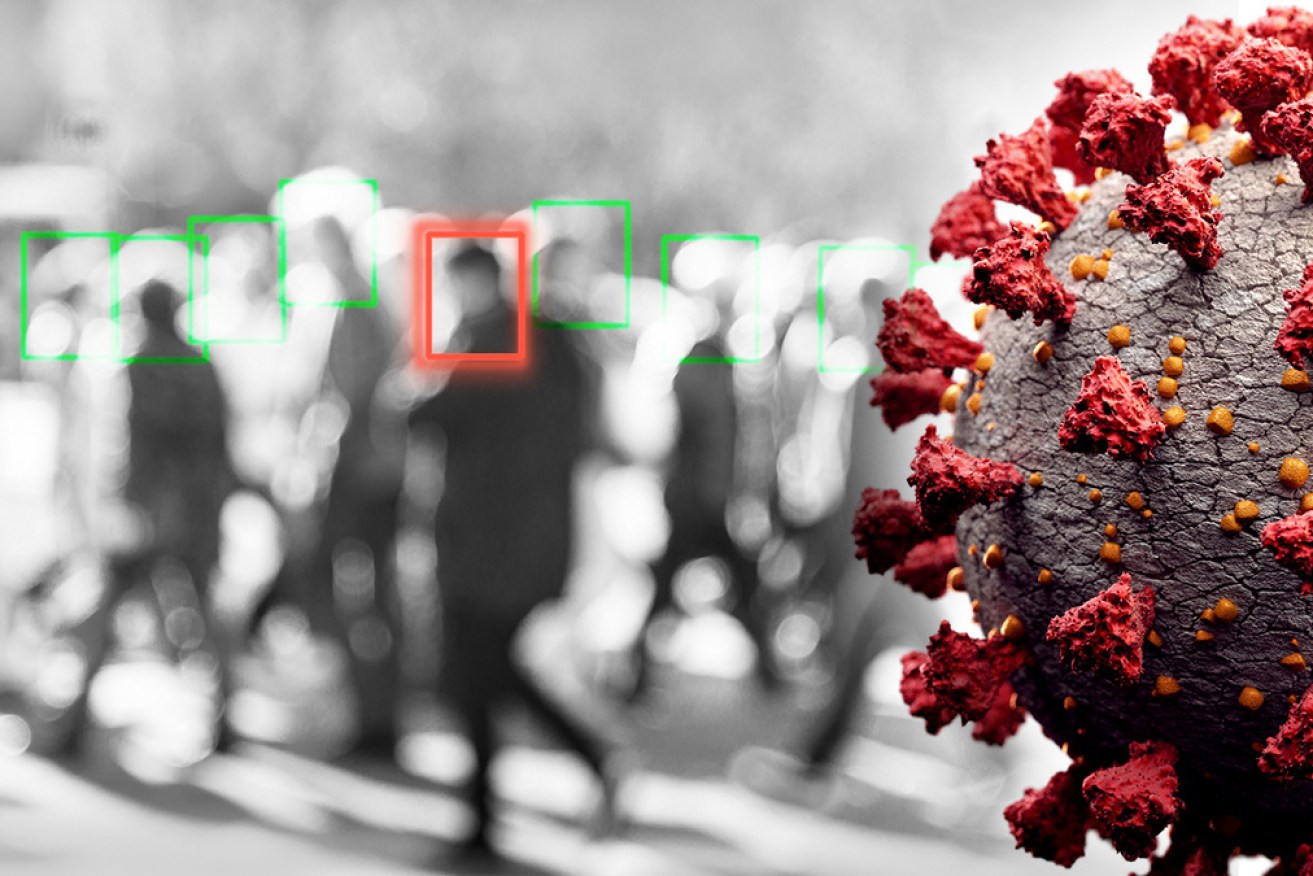Victoria’s contact tracing system was overwhelmed: Inquiry

Parliamentary committee agrees with Australia's chief scientist that the system wasn't ready for second wave that led to more than 18,000 cases, 800 deaths.
Victoria’s previous contact tracing system was “significantly overwhelmed” during the deadly second wave of coronavirus and unfit to handle any escalation in cases.
That’s the verdict of a 260-page upper house inquiry report tabled in Victorian parliament on Monday.
Headed by Reason Party MP Fiona Patten, the parliamentary committee agreed with Australia’s chief scientist Alan Finkel’s assessment that the system wasn’t ready for the second wave that led to more than 18,000 infections and 800 deaths.
“The testing regime and contact tracing system adopted in Victoria in response to the pandemic was significantly overwhelmed following a large-scale outbreak in June 2020,” the report said.
It found the state’s largely paper-based IT system, which required contact tracers to manually enter information, wasn’t equipped to deal with the crisis.
“The use of manual data entry processes at the beginning of the pandemic meant that the system for contact tracing and recording of testing was not fit to deal with any escalation in cases and led to significant errors,” the report said.
In his evidence, Dr Finkel said some cases were lost or duplicated as a result.
Victoria has since moved to a digitised system, created by US tech firm Salesforce, which automates the process end to end.
The software was first offered to the government on March 24, but the committee confirmed it was initially declined.
After giving a presentation to the government on July 24, Salesforce was selected on August 28 to build a customer relationship management platform to accelerate the contact tracing process.
“The CRM system has put Victoria in a better position to manage an influx of cases moving forward by better keeping up with incoming cases and identifying and contacting primary contacts within the recommended 48-hour window,” the inquiry said.
A day later, US-based technology company IBM was also awarded a $4.2 million tender by the Department for Health and Human Services.
It intended to use its i2 analyst platform for predictive modelling of COVID-19 data to inform policy and public health decisions, but the project was abandoned.
In early October, after two days of use, the committee said the state government directed the IT giant to consider developing capabilities for predictive analysis and automated alerts using the platform.
However, IBM’s Charles Agee told the inquiry last month the tool was “intended to assist a user in performing their analysis” and didn’t have artificial intelligence capabilities.
“According to IBM Services, the Victorian government needed these new capabilities because the situation had changed since IBM was first hired,” the report said.
“While IBM did put forward some solutions to address the requested automation, ultimately, IBM’s i2 platform capabilities did not extend to predictive analysis or automated alerts.”
Given the platform’s known lack of AI capacity, the inquiry labelled the engagement of IBM as a “misguided and costly mistake”.
-AAP







